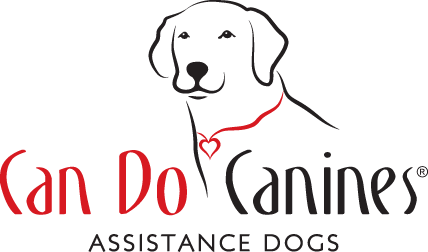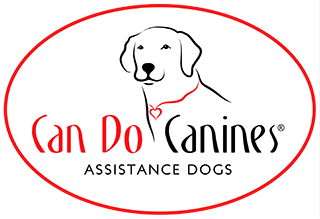Whether it’s a plant leaf, a dropped pill, or a raisin, your dog might likely ingest something someday that could be harmful to him or her. Learn how to handle the situation now so panic doesn’t overtake your emotions.
 First of all, keep a list of pet poison hotlines handy. Two to consider are ASPCA’s 24/7 Poison Control Hotline at 888-426-4435, or the Pet Poison Helpline at 855-764-7661. These and others will charge for the information (usually $85-$100), but if your pet’s life is in danger, calling a poison hotline may prevent the worst-case scenario.
First of all, keep a list of pet poison hotlines handy. Two to consider are ASPCA’s 24/7 Poison Control Hotline at 888-426-4435, or the Pet Poison Helpline at 855-764-7661. These and others will charge for the information (usually $85-$100), but if your pet’s life is in danger, calling a poison hotline may prevent the worst-case scenario.
If your pet ingests something potentially harmful, your first step should be to call a poison hotline. They will advise on next steps.
Quite often, hydrogen peroxide will be a go-to remedy for these situations, unless whatever was swallowed should not make another toxic pass through the digestive pathway (such as a cleaning solution). Hydrogen peroxide is likely to induce vomiting, sometimes immediately, and sometimes many minutes later (but sometimes not at all, depending on the dog).
Keep an unopened bottle in your home (and/or your pet safety kit). Bottles that have been previously opened may not be effective, and be sure to check the expiration date as well.
You’ll also need to plan ahead for how to get this liquid into your dog. Our veterinarian technician, Hannah McCarthy, suggests keeping a plastic syringe near the bottle, so you can use it to squirt into the dog’s mouth. You can also soak the peroxide in a portion of bread and feed it to your dog.
Although you should only proceed with administering hydrogen peroxide once you’ve consulted with a poison hotline representative, the recommended dosing is as follows:
- 1 tablespoon for dogs less than 20 lbs
- 2 tablespoons for dogs 20-40 lbs
- 3 tablespoons for dogs 40 lbs or more
With proper care and caution, you can prevent these traumatic accidents. Be familiar with some of the top causes of dog poisoning and keep your furry friend safe.

 Alex has his own Marvelous Superhero
Alex has his own Marvelous Superhero



